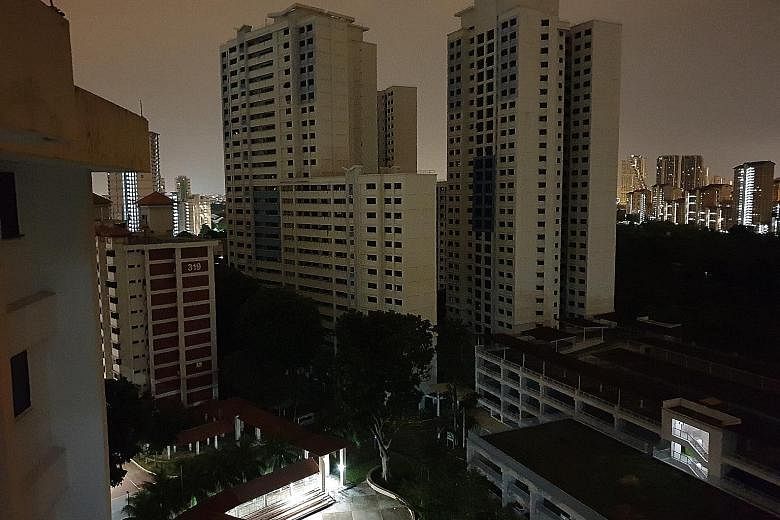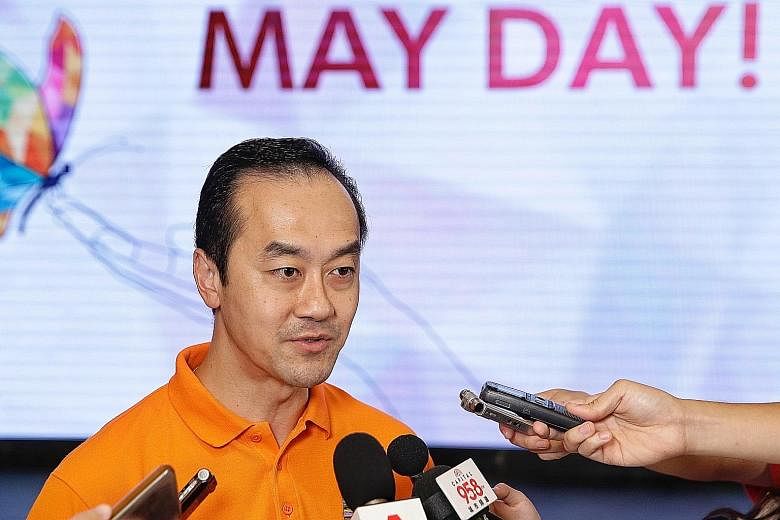Power-generating units at Sembcorp Cogen and Senoko Energy tripped one after the other on Sept 18 and caused the country's worst blackout in 14 years, yet both sets of equipment had been maintained properly.
The incident has prompted the Energy Market Authority (EMA) to work closely with the two companies and their original equipment manufacturers to establish the root cause of the equipment failure.
Senior Minister of State for Trade and Industry Koh Poh Koon told Parliament yesterday that the breakdown occurred despite the units being maintained in accordance with the manufacturers' recommendations.
"This is an important point because the generation technology is used in other generating units in Singapore as well as globally, and what happened here could occur elsewhere," he said, noting that the investigations will take some time as the parts have to be sent for testing overseas.
Four MPs had filed questions on the blackout that occurred at 1.18am on Sept 18, plunging into darkness about 146,500 residential and commercial customers in 19 areas. Power was restored fully within 38 minutes.
Outlining the details, Dr Koh said that a total of 16 generating units had been operating then.
At 1.17am, a power-generating unit at Sembcorp Cogen tripped, likely due to an equipment fault. This triggered an automatic response by the other 15 units to increase their supply.
"This is usually not a problem, as each of the remaining units had to increase their supply by only about 5 per cent," said Dr Koh.
However, a unit at Senoko Energy tripped a few seconds later, when a different component failed.
This led to a further supply shortfall, which caused the protection devices in the power system to kick in as designed, automatically disconnecting electricity to about 146,500 consumers, mainly households, to rebalance the system, he explained.
EMA immediately instructed other standby generating units to provide additional electricity supply, he added, and once these additional units came online after about 15 minutes, electricity supply was restored progressively.
Dr Koh said: "We are reviewing our system to ensure that we continue to have sufficient capacity and contingency measures to handle any similar incidents in future."
He added that there was enough spare capacity in the system, and Singapore had one of the most reliable and affordable electricity systems in the world.
"In the design of any electricity grid system, we have to balance redundancy and assurance with cost that will be imposed on consumers. The higher the degree of redundancy, the smaller the probability of disruption, but the higher the cost at the system level," said Dr Koh.
"Hence, we have adopted a calibrated approach in our system planning, with a certain level of redundancy at the national grid level, coupled with a higher level of redundancy at the local level for critical systems."
He said the EMA is also working with the industry to review its processes for handling such events.
The technical processes kicked in as designed, allowing a relatively quick restoration of power, he noted, while SP Group officers were activated immediately and deployed at key substations and control centres during the blackout. SP Group also provided the public with progressive updates on its social media channels and through other media outlets.
"Nonetheless, we will review this incident carefully to see how we can further improve our responses," he said.
The reliability of electricity supply has also not been affected by the liberalisation of the electricity market, he added, pointing out that the electricity sector relies on both regulatory powers and market incentives to keep generation companies on their toes.



